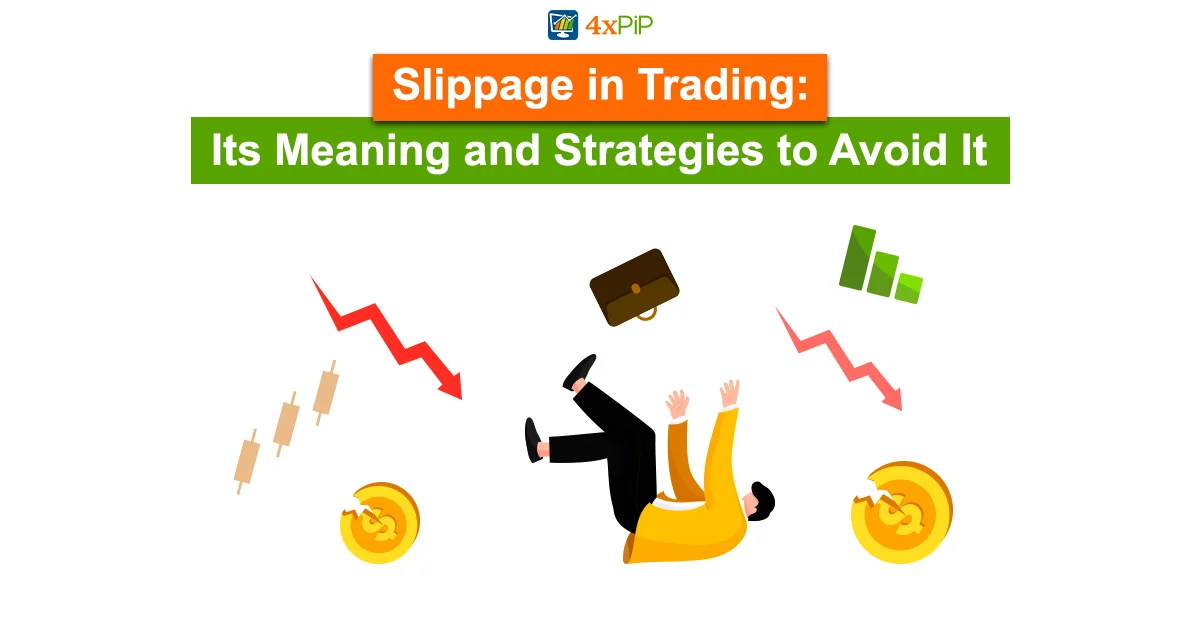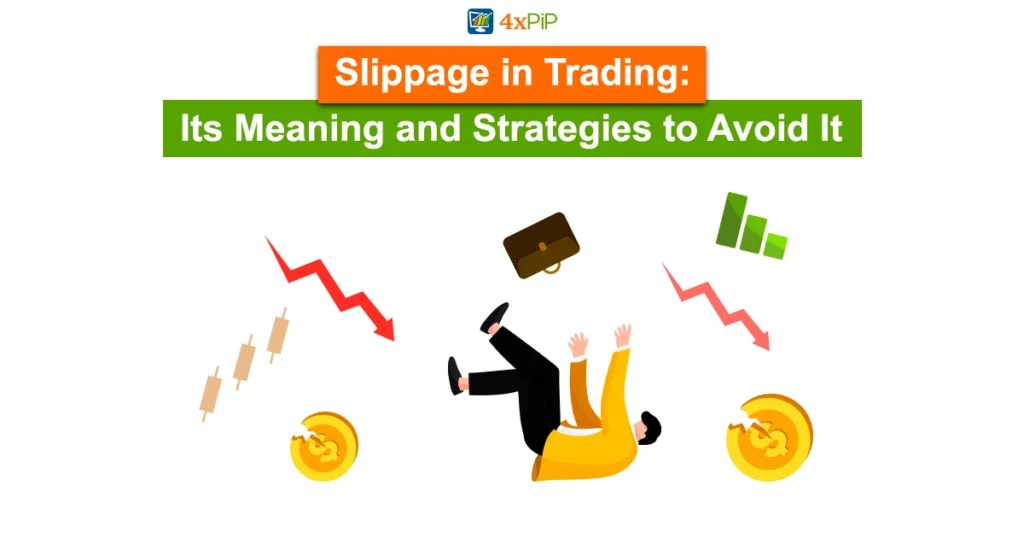Trading in the financial markets, whether it is the stock market, forex market, or cryptocurrency markets, is not without its complexities and risks. One of these complexities that traders often encounter is “slippage.” Understanding what it is and learning how to avoid it can significantly enhance a trader’s effectiveness and profitability. 4xPip, a leading platform for trading, news, and discussion, is here to provide you with the ins and outs of Slippage and strategies to mitigate its impact on your trades.
What Is The Meaning Of Slippage In Trading?
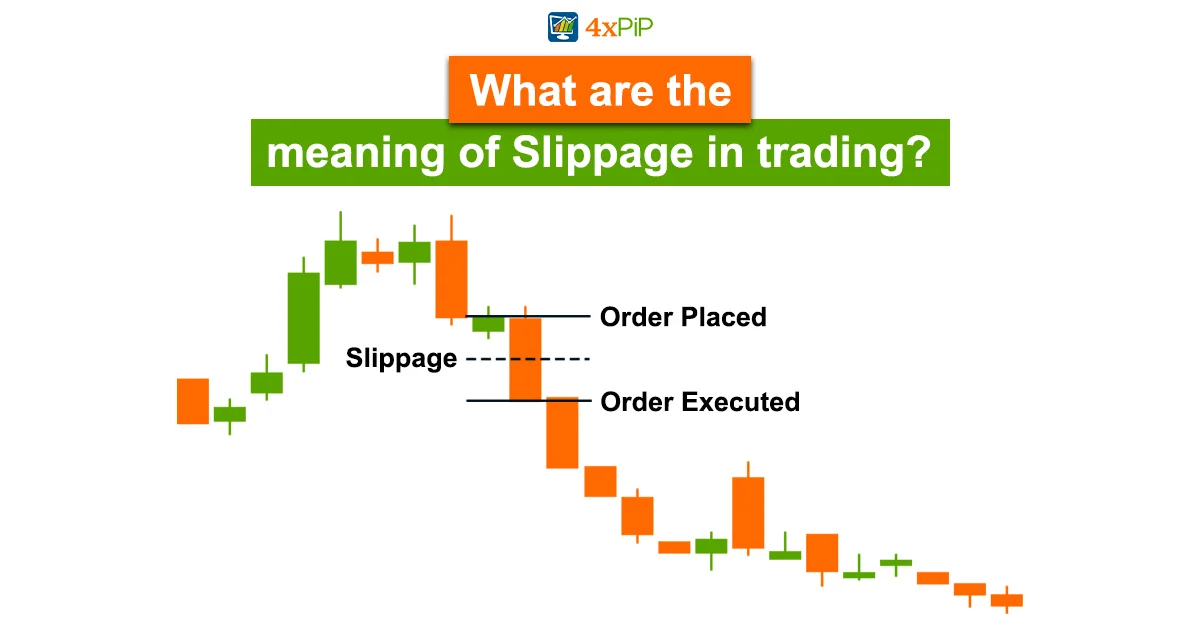
In financial trading, slippage refers to the difference between the expected price of a trade and the actual execution price. It occurs when the bid or ask spread changes unexpectedly between the time a trader places an order and when the market fulfills that order. Slippage can be positive or negative, but traders generally want to avoid negative slippage as it can significantly impact the profitability of a trade.
What is Positive Slippage in Trading?
Positive slippage occurs in trading when the market executes an order at a better price than initially expected by the trader. This can happen when the market moves favorably for the trade between the time the trader places the order and the time it is executed. For example, if a trader places an order to buy a stock at $20 per share but it gets executed at $19 per share, they’ve experienced positive slippage. This means they’ve paid less for the stock than initially intended, resulting in a favorable outcome. Positive slippage can increase potential profits and is most likely to happen during periods of high market volatility.
What is Negative Slippage in trading?
Unlike positive slippage, negative slippage in trading is a situation where the market executes a trade at a worse price than expected. This usually occurs when the market price moves against the trade in the interval between placing the order and its execution. For example, if a trader places a sell order for a stock at $30 per share but it gets executed at $29 per share, they’ve experienced negative slippage. This means they’ve sold the stock for less than intended, which can reduce profits or increase losses. Negative slippage is more likely to occur in volatile and liquid markets where price changes can be swift and significant.
What are the Causes of Slippage in Trading?
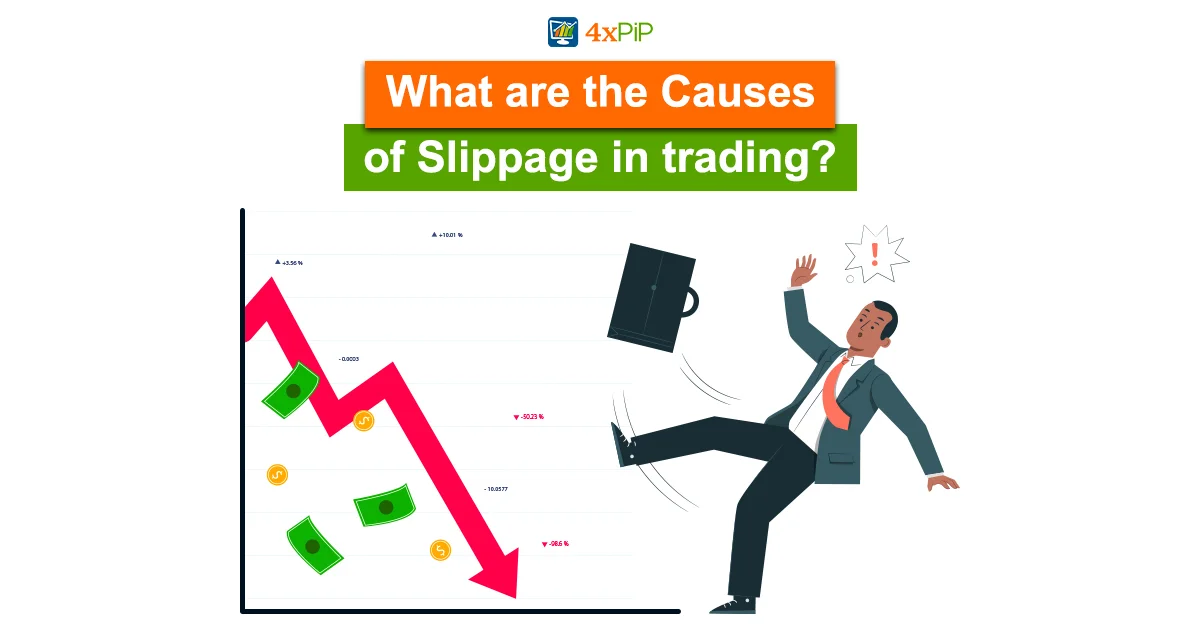
Slippage commonly occurs due to two primary factors: market volatility and market liquidity.
Market Volatility: During periods of high volatility, prices can change rapidly in a very short time, making it impossible to execute an order at the desired price.
Market Liquidity: In markets with low liquidity, traders may not find enough volume of the asset or security being traded to fill an order at the desired price.
These factors can cause the market price to move between the time a trader places an order and when the market executes it, leading to slippage.
What Is The Slippage Tolerance Setting?
In trading, slippage tolerance refers to maximum amount of slippage trader is willing to accept for execution of a trade. Traders can set this parameter when placing an order, creating a range within which the trade execution price can vary from the expected price.
For example, if trader places buy order at $100 and sets slippage tolerance of 0.5%, market could execute order at any price up to $100.50. If the market price at the time of execution exceeds this range, the order will not be filled.
Traders can exert more control over execution price of trades and manage risk more effectively by setting a slippage tolerance. It’s important to note that setting the slippage tolerance too tight (i.e., a minimal range) might prevent the order from being executed at all, especially in volatile markets where prices can change rapidly. Conversely, setting high slippage tolerance can lead to trades being executed at prices significantly different from expected price, impacting profitability. Therefore, traders must find a balance when setting their slippage tolerance.
Slippage In Automated Trading Systems
In automated/system trading, slippage occurs when there’s delay between time trading system signals trade and time system actually places trade.
Automated trading systems, also known as trading bots, have become increasingly popular among traders. These systems use algorithms to execute trades automatically based on pre-determined criteria. While automated trading systems can offer many benefits, including increased speed and efficiency, they are not immune to Slippage.
In fact, Slippage can be a significant concern for traders using automated trading systems. Since these systems rely on executing trades at specific price points, any deviation from expected price can result in Slippage. Traders using automated trading systems should closely monitor their trades and make adjustments as necessary to minimize impact of Slippage.
How To Avoid Slippage in Automated Trading Systems?
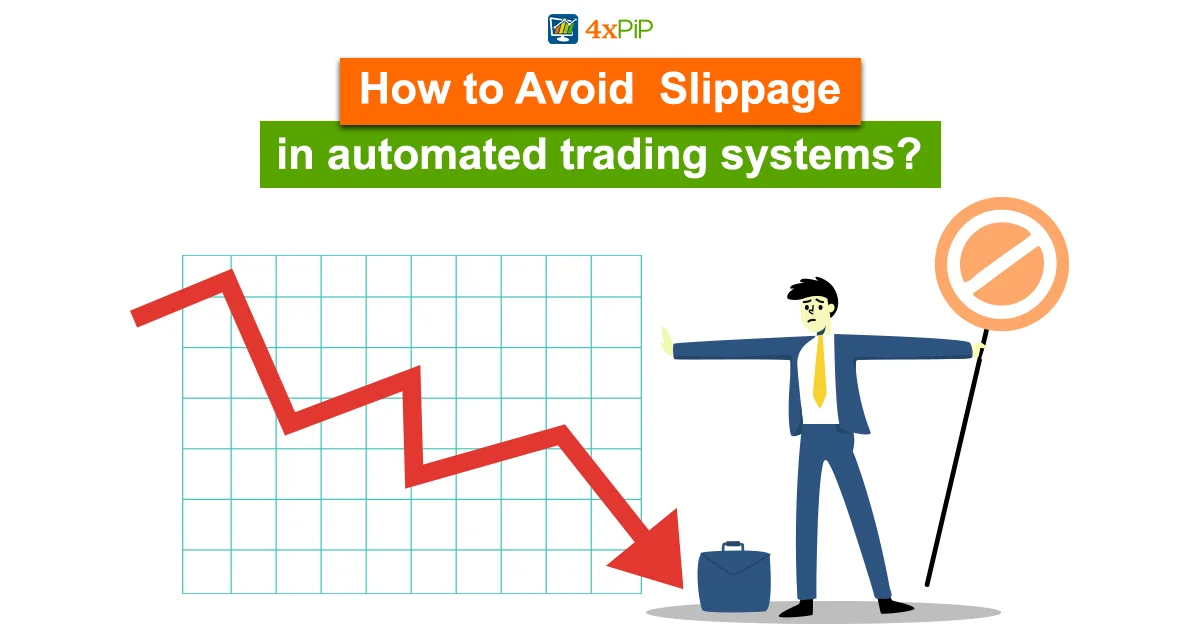
Slippage can be a significant challenge for automated trading systems that rely on high-frequency trading. Here are few strategies that you can use to reduce Slippage:
-
Markets often experience increased volatility at the open and close of the trading day, leading to higher slippage. Traders can reduce slippage by trading during less volatile times. Opting for assets with higher liquidity is effective in minimizing slippage since assets typically have smaller spreads between bid/ask price.
-
Ensure a stable internet connection when running an EA. High-speed trading platforms, featuring advanced servers, high-speed internet connections, and co-location services, contribute to reducing slippage by facilitating faster execution.
-
Incorporate real-time market monitoring into the trading algorithm. If signs of increased volatility/reduced liquidity emerge, algorithm can adjust strategy or temporarily halt trading to avoid unfavorable slippage. Reduce slippage by routing trades through the most efficient exchanges. Some platforms offer smart routing technology that seeks the best available pricing across multiple exchanges.
-
When designing strategies based on limit orders, exercise caution. A limit order is buy/sell order for security or currency at a price that you set higher or better. Enhance system efficiency and prevent slippage by incorporating stops/limits orders into positions, ensuring better performance in trades at higher prices.
-
While some traders choose low/high liquidity, it’s beneficial to use 4xPip EA to handle slippage, allowing to enter desired slippage.
What Is The Difference Between Slippage And Ask-Bid Spread In Forex Trading?
Distinguishing between slippage and spread when trading is essential. While both can affect the execution price of a trade, different factors can cause them.
Slippage represents difference between expected price and executed price of trade due to market conditions or delays in trade execution. On other hand, market makers determine spread, which is difference between bid and ask price of security, representing profit margin.
While slippage is typically an unexpected occurrence, traders must consider the spread as a known cost when executing trades. It’s essential for traders to be aware of both slippage and spread and to factor them into their trading strategies.
Conclusion
While slippage is inherent risk, understanding how it occurs allows traders to equip themselves with strategies to mitigate its impact. Traders must exercise skillful control over slippage by adjusting slippage tolerance settings, as it results from market volatility/liquidity dynamics. The continuation of slippage in the context of automated trading systems requires implementing strategies, including real-time monitoring, maintaining reliable internet connections, and focusing on market timing. 4xPip commits to providing traders with the knowledge and tools to navigate these complexities. From trading news to strategies and tips, we’re here to help you make informed trading decisions.

